
The content displayed below is for educational and archival purposes only.
Unless stated otherwise, content is © Watch Tower Bible and Tract Society of Pennsylvania
You may be able to find the original on wol.jw.org
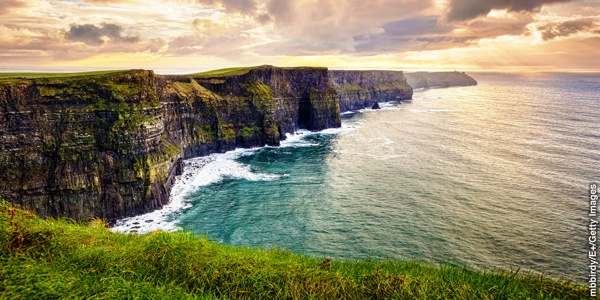
LANDS AND PEOPLES
A Visit to Ireland
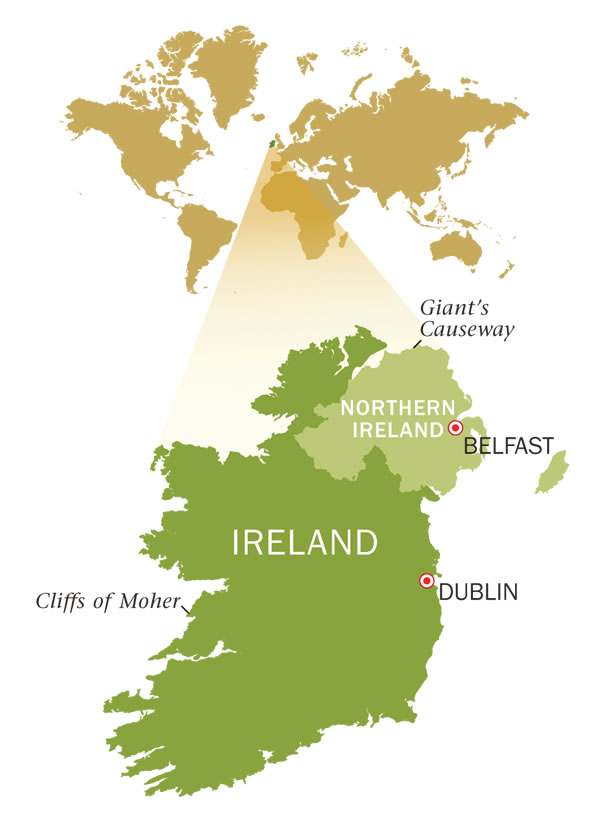
THE “Emerald Isle” comprises two countries: the larger is the independent Republic of Ireland, and the smaller is Northern Ireland, which is part of the United Kingdom.
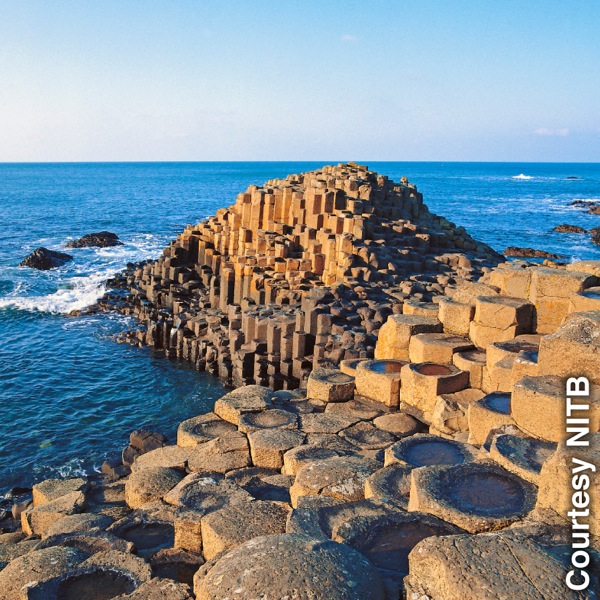
Giant’s Causeway
Ireland is called the Emerald Isle because its abundant rainfall results in a vivid-green countryside. Scenic lakes and rivers together with coastal highlands and rolling hills add to its natural beauty.
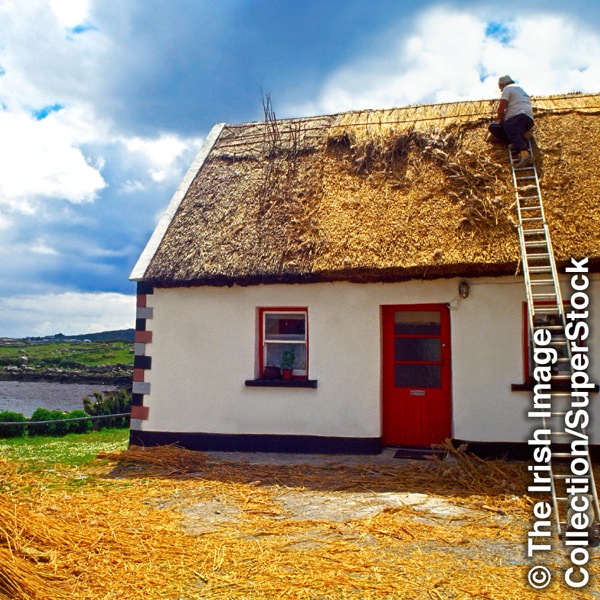
A thatched-roof cottage
The Irish people have endured much hardship. For example, some estimate that from about 1845 to 1851, approximately one million people died of starvation and disease when blight ruined the potato crops. To escape crippling poverty, many emigrated to countries such as Australia, Britain, Canada, and the United States. Today, some 35 million Americans trace their ancestry to Ireland.
The Irish are known for being warmhearted and hospitable. Favorite pastimes include horseback riding and team sports, such as cricket, rugby, soccer (which they call football), and Gaelic football (which is similar to soccer). Women in particular enjoy a team sport called camogie, which is similar to field hockey.
The people of Ireland also take delight in conversation, and they love music. Irish step dance is famous worldwide. Dancers keep their upper body rigid while performing quick and precise movements with their feet.
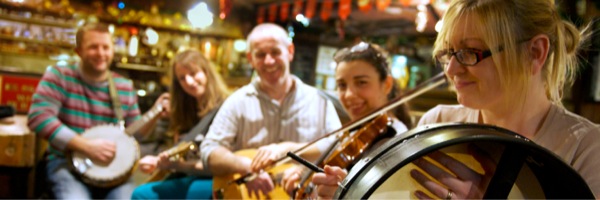
An Irish band
Jehovah’s Witnesses have been in Ireland for over a hundred years. Currently, more than 6,000 Witnesses live there and are active in teaching the Bible.

Traditional Irish music uses instruments such as those shown above, from left to right: the Celtic harp, the Irish bagpipes, the fiddle, the accordion, the tin whistle, and the bodhran (drum)